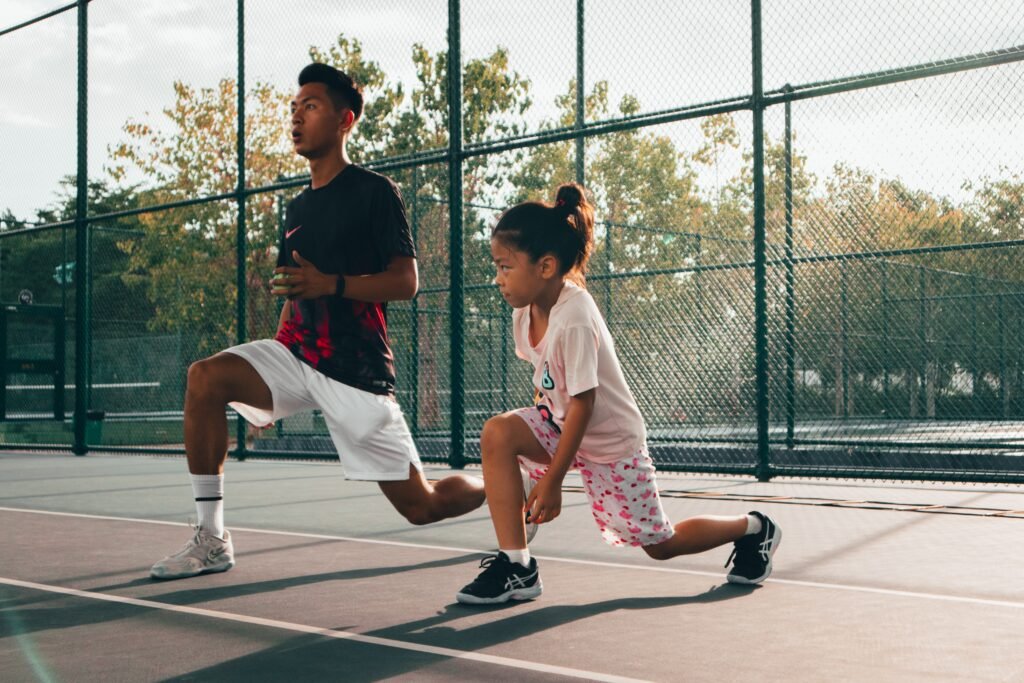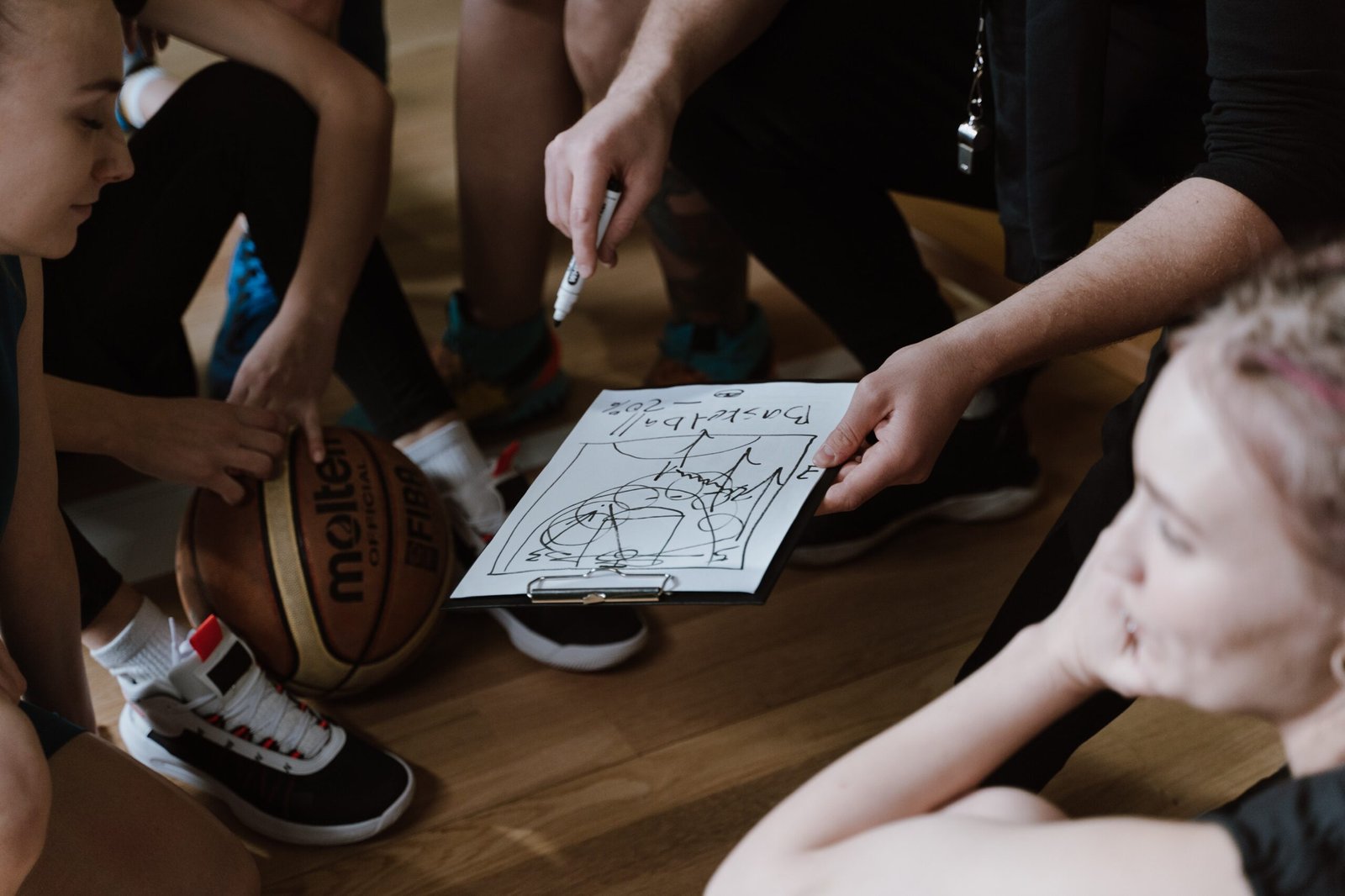Practice planning can be an incredibly effective way to get youth basketball players in the right mindset to grow their careers, by improving their overall skillset.
However, there are some important practices to keep in mind when developing your practice plan. Here’s what you need to know about utilizing every moment at practice!



Is Practice Planning Important?
In youth basketball, practice planning is vitally important. First, it’s important to plan practices so that the team will have a guide about how much to time spend on developing a particular technique, tactic or physical ability.
Second, it’s important because if you don’t plan your practices, you are not going to cater to the needs of your team and players. What should coaches do?
Coaches need to make sure they have a clear idea of what they want their players to learn at each practice, then design drills and scrimmages that allow the players an opportunity to experience those specific skills.
What should players do? Players should focus on executing the skills at the maximum possible intensity during practice sessions so that they can apply those same techniques during games.
How Do I Write a Good Practice Plan?
Practice planning is a vital part of youth basketball. The quality of your practice plan determines the quality of your practices.
A good game plan will help you to set and reach your goals, and make the most out of your time on the court with your team.
Remember: it’s not just what happens during the practice that matters, it’s what happens before, during, and after the practices that really counts. Get started by writing down the five things you want to accomplish in practice.
Once you have those five things written down, brainstorm possible activities for accomplishing them (e.g., shooting drills for developing shooting skills). Pick five activities from your list and schedule each activity into a time slot over one week.
Keep adding to your list as needed or desired. It’s okay if you don’t get through all of them during each session; this is only a guide!
Get Buy-in From Players and Parents
The most important aspect of practice planning is getting buy-in from players and parents. Having them on board with the plan will make your job as a coach much easier and will keep everyone’s expectations realistic. If you’re having a hard time getting buy-in, try these tips:
-Be transparent about what the team is working on
-Pick themes for practices that everyone can get excited about
-Add new drills to your practices whenever possible
Use Specific Timeslots to Stick With Your Plan
Planning your practice timeslots will save you a lot of hassle. Be sure to designate specific times for drills, shooting, skill development, gameplay, and scrimmages.
Some coaches like to start with shooting or scrimmages as they will not be at the mercy of the other team’s offense and may get an easy game.
Coaches should also remember to keep a few minutes left over for individual work if necessary and plan accordingly.
Create Offseason Plans That Carry Into the Season
Here are some ideas for an offseason plan:
– Start a new strength program that will help you prepare for the season.
– Work on your ball-handling skills and improve your footwork.
– Spend time studying the playbook so you know what to expect come next season.
– Spend time developing mental toughness by doing things that make you uncomfortable, such as sitting down and reading a book or going on a solo bike ride.
Avoid Written Practices – Use Drills Instead
Just like anything else, basketball is a skills game. If you want to be the best player you can be, you need to practice those skills.
Needless to say, there are some drills that are designed for conditioning and teaching players how to play at high levels (e.g., the basic shooting drill), but many drills focus on teaching fundamental skills.
For example, if a team wants to work on passing skills this week, they should run a drill where each player passes two balls around the perimeter with their teammates catching and shooting.
This drill will teach players how to make good passes under pressure and how quickly they can get off a shot after receiving a pass from one of their teammates.
Keep Records Of What Happens During Each Time Slot
1) It is always best to start with a warm-up. This helps players get loose, and mentally prepare for the upcoming drills.
The warm-ups are usually about 10 minutes long and consist of simple drills and stretching exercises. These should be done before every practice.
2) Next, it is time to focus on particular technical skills. Make sure that small-sided games have an important place in your practices in combination with game-like situations.
3) After that it’s time for team play!
Create Team Level Plans For Actual Games
1. A team will have a starting lineup at the beginning of the game.
2. Starting lineups are typically rotated at halftime to give all players equal playing time.
Conclusion
Practice planning is an important part of being a successful coach. It allows you to plan for what you want to work on and emphasize.
Having a practice plan also helps players maintain their focus and avoid distractions, as well as provides the opportunity for coaches to teach skills.
Even though there are many factors that should be considered when practicing, the key is to find what works best for your team and adjust accordingly.
Post written by Ahmet Can Ozkan






